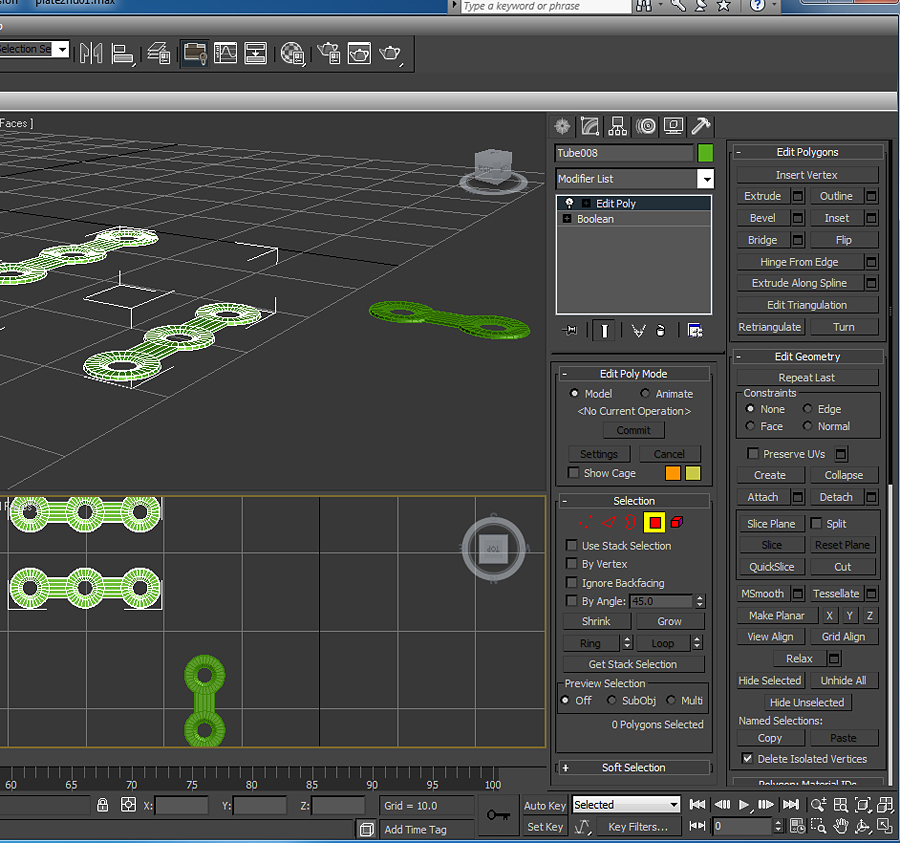A little more math for your art than we might have been raised to expect
Last night an old friend asked me about possibly speaking to her class someday about the work that I do at Sapling Learning. I don’t know if I’ll be able to do that, but I do know that the biggest message I would be inclined to want to tell kids, would be how much math there is in art these days. I know that when I was growing up, there was always this notion about the math/science/engineering folks over there, and the artist/emotive/lingual/expressive types over there. But the truth is, the more embracing of digital media we become, the more important math becomes to the everyday artist. And really, it always was important. But what you might have been feeling out in pencil and paper before, you now have to be able to communicate into a computer.
This is probably the most apparent when I am working in 3D animation programs. A background in geometry will serve you well if you ever want to do anything like this.
And a sense of physics doesn’t hurt either when you are trying to work out the ways in which you want something to move. I really think that schools ought to introduce these types of programs to students early on, not because everyone should know how to create 3D animations, but because you can make fun things and it really ties together so very many paths of learning. You could spend entire classes just studying the formulas of how lighting gets processed in these things.
But even without getting into 3D animation work, there is simply more and more digital media these days, and artists are having to keep a greater web presence to create new and maintain old connections with their audience. This makes software like Photoshop, Illustrator, or Gimp, that much more important. Maybe they aren’t as math intensive as 3D Studio Max and Cinema 4D, but you have to be able to speak percentages, and to know that one inch in 300 ppi has the same number of pixels as three inches in 100 ppi. You’ll have to know because you’re going to be submitting pieces to various agencies and you’ll need to be able to hit certain specifications. You have to develop a sense of how adding or subtracting one color emphasizes another, and how the rules change when one is dealing with additive or subtractive color. For the canvas, we mix colors on a palette, but in a digital space our color is understood as increments of hue, saturation, and value.
Perhaps children today are already so immersed in digital living that this shift is obvious to them. But if they are following the cues of their parents and teachers, it may not be. When I was a kid, I kind of liked geometry. But the most practical application I imagined myself having for it was to become great at playing pool, and hustle teenagers and grown-ups for their money. I certainly never thought that I would someday be using it my day to day work as an artist.
So if I were to give a talk to children about my career and what I’ve learned along the way, I would stress that first and foremost. I would stress that an aptitude or interest in the arts is no reason to ignore maths and sciences. It would also be worth pointing out to all those pegged as math and science types that they have more of an edge into the arts than they realize.
